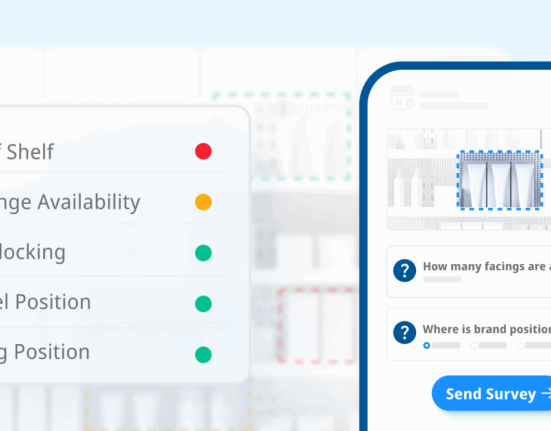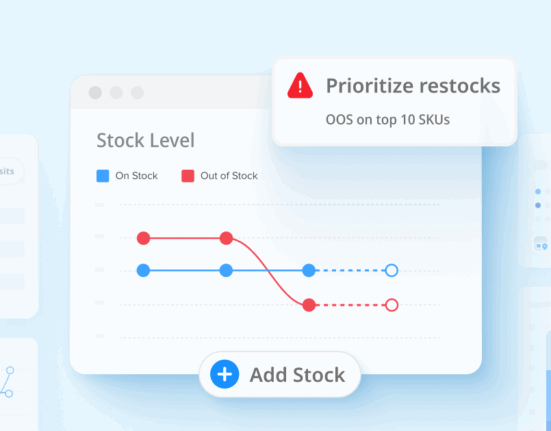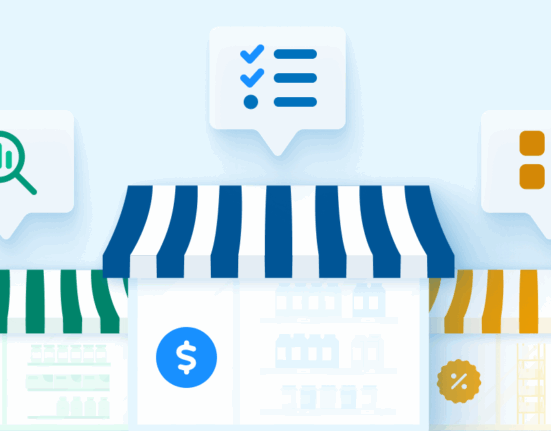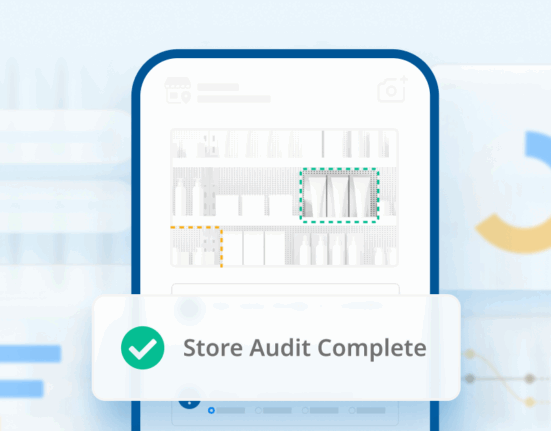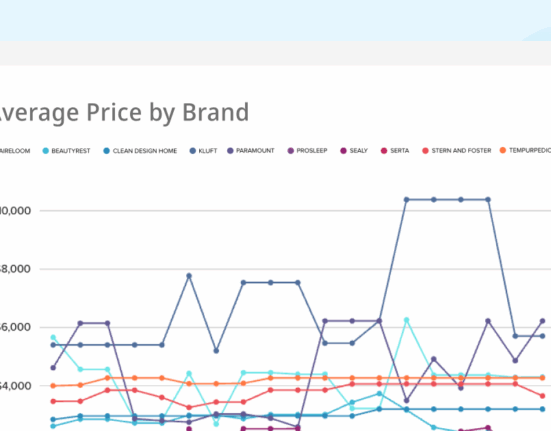Navigating the complex terrain of eCommerce inventory management, brands often grapple with one persistent challenge: out-of-stocks (OOS).
The consequences of product unavailability range from immediate loss of sales to long-term damage to customer loyalty, as consumers may permanently switch to competitor products. Given these stakes, understanding the issue is merely the starting point; it’s the actionable strategies that make a real difference in your bottom line.
Understanding Product Availability
First and foremost, let’s define what we mean by product availability. This term refers to the ability of a product to be ready for purchase, physically present, and listed as available on your eCommerce platform. High product availability directly correlates with customer satisfaction and sales maximization, whereas low availability—often manifested as stockouts—can have detrimental effects.
The Impact of Stockouts
The repercussions of stockouts extend beyond lost sales:
- Customer Loyalty: A single instance of an out-of-stock can prompt customers to seek alternatives, potentially resulting in a permanent switch.
- Search Engine Visibility: Once an item goes out of stock, it might disappear from retailer search engines for days or even weeks, significantly reducing its sales potential upon restocking.
- Brand Reputation: Frequent stockouts can tarnish a brand’s reputation, leading to a decrease in consumer trust and loyalty.
Proactive Management Strategies
With the right strategies, you can mitigate the impact of stockouts and enhance product availability. Here are some actionable steps:
1. Implement Real-Time Monitoring
Use tools to measure product availability to gain real-time insights. Platforms like Wiser provide crucial visibility, allowing brands to monitor stock levels across all retail partners continuously.
2. Enhance Forecasting Techniques
Employ advanced forecasting methods that incorporate sales trends, seasonal fluctuations, and promotional schedules to predict future inventory requirements more accurately.
3. Strengthen Supplier Relationships
Develop strong relationships with suppliers to ensure quick replenishment of popular items. Regular communication and good rapport can lead to faster turnaround times during critical restocking periods.
4. Leverage Historical Sales Data
Analyze past sales data to identify patterns or trends in product demand. This analysis can help predict potential stockouts before they happen, allowing for preemptive action.
5. Create Strategic Safety Stock Levels
Maintain appropriate safety stock levels for high-demand items to buffer against sudden spikes in demand. While this requires extra storage space and capital, the cost is often offset by the increased sales from maintained product availability.
Using Wiser to Stay Ahead of Stock Issues
Wiser’s digital shelf software equips sales teams with the tools to monitor stock availability by both retailer and product.
This proactive monitoring allows teams to, among other things, reconcile sales data with potential supply issues, avoiding erroneous conclusions about performance dips. Further, this insight fosters more accurate forecasting and proactive inventory management. Moreover, out-of-stock metrics enable account managers to act swiftly—they can contact retail partners to initiate product replenishments or verify actual stock levels, ensuring timely resolution of availability issues.
Conclusion
In the realm of eCommerce, effective stock management is a dynamic, ongoing process that requires constant attention and adaptation. By understanding the root causes of stockouts and implementing strategic actions, brands can significantly mitigate their impact.
Leveraging tools like Wiser’s Digital Shelf Intelligence ensures that your brand remains competitive by maintaining high product availability, thereby enhancing customer satisfaction and driving sales. Remember, in the world of online retail, staying proactive isn’t just an option—it’s a necessity for survival and growth.




